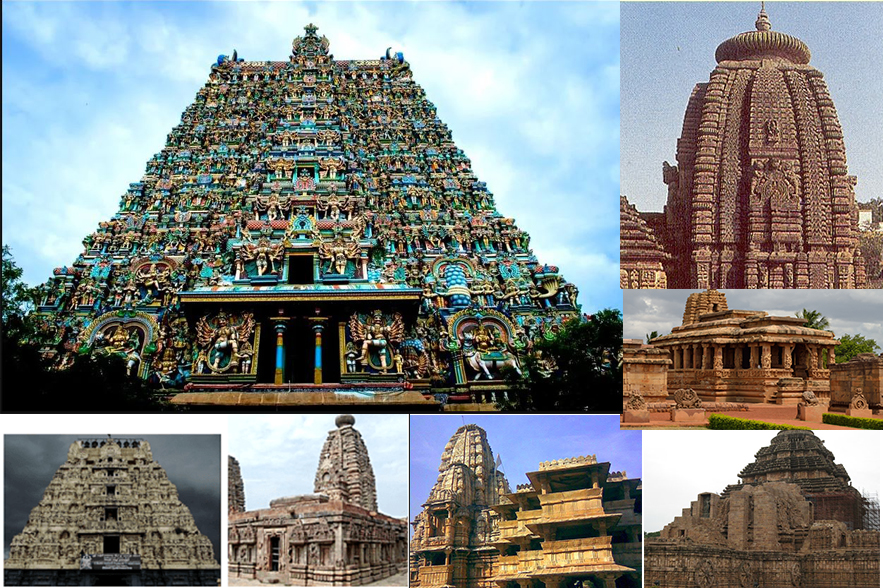love4livi.com – House of the Gorgon (2019) is a modern homage to the classic Hammer Horror films of the 1960s and 70s. Directed and written by Joshua Kennedy, the film pays tribute to the iconic studio’s style and substance, blending gothic horror, supernatural suspense, and campy melodrama.
A Star-Studded Cast
One of the film’s greatest strengths is its star-studded cast, featuring legendary Hammer Horror actresses Caroline Munro, Martine Beswick, and Veronica Carlson. These iconic figures bring their timeless charm and talent to the screen, reuniting for a new generation of horror fans.
A Familiar Plot with a Gothic Twist
The plot follows a familiar formula, with a young woman, Isobel, traveling to a remote castle to marry her fiancé. However, the castle harbors a dark secret: two ancient Gorgons, monstrous creatures with snake-like hair that can turn people to stone. As the story unfolds, Isobel and her companions must confront the terrifying creatures and their sinister plans.
A Nostalgic Experience
House of the Gorgon is a nostalgic experience for fans of classic horror. The film’s gothic setting, atmospheric cinematography, and haunting score evoke the spirit of Hammer Horror. The creature effects, while not groundbreaking, are effective and pay homage to the studio’s iconic monsters.
A Mixed Reception
While the film has been praised for its nostalgic appeal and the performances of its legendary cast, it has also received criticism for its low budget and uneven pacing. Some viewers may find the plot predictable and the dialogue a bit cheesy. However, for fans of classic horror, House of the Gorgon is a delightful throwback to a golden age of cinema.
Ultimately, House of the Gorgon is a love letter to Hammer Horror, a tribute to a bygone era of cinematic magic. Whether you’re a longtime fan of the genre or a newcomer, this film offers a nostalgic and entertaining experience.


